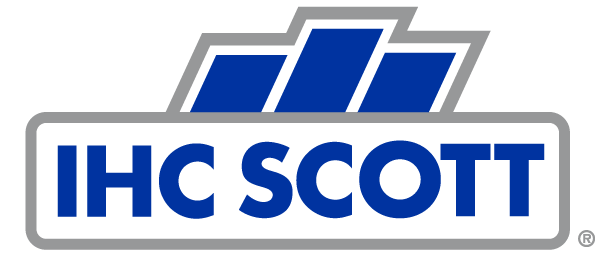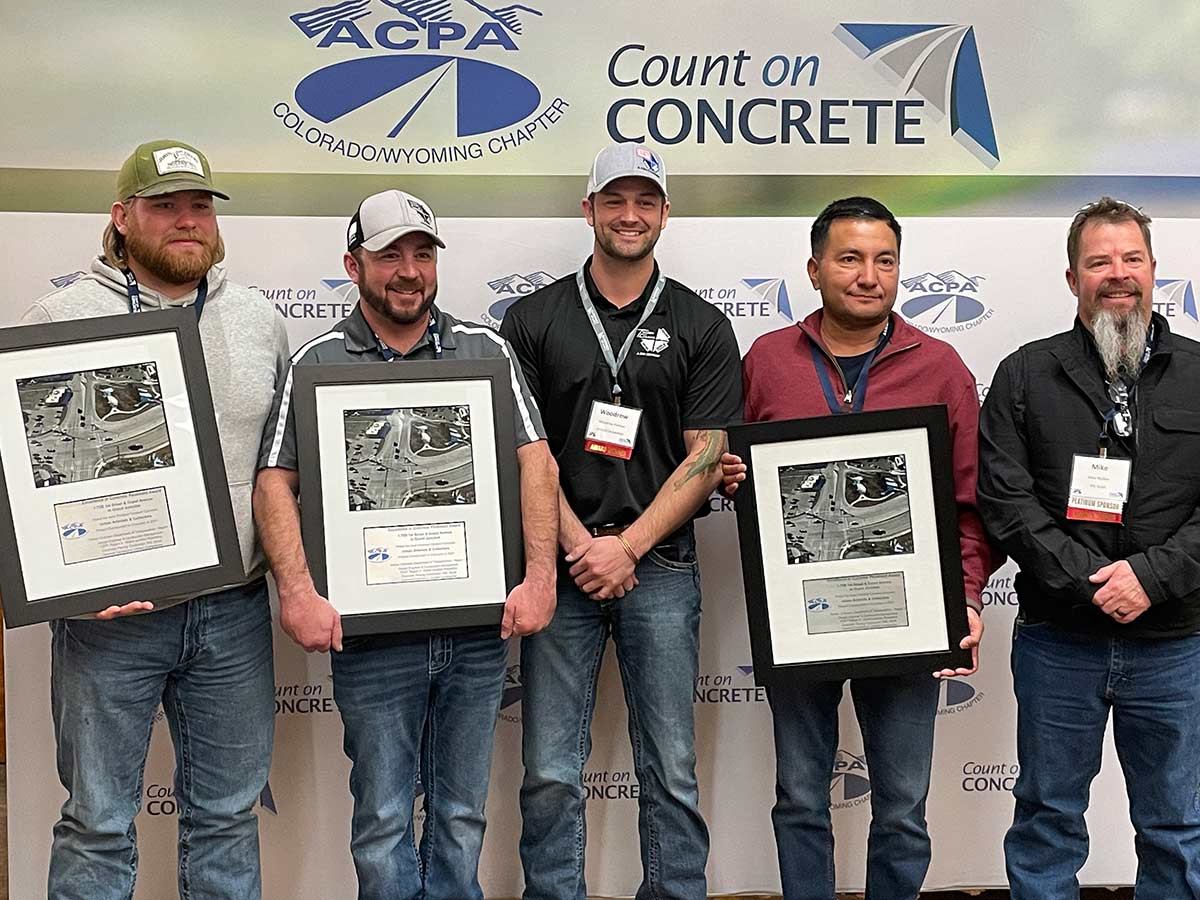IHC Scott recently collected numerous accolades from the Colorado/Wyoming Chapter of the American Concrete Paving Association (ACPA).
The I-80 Rock Springs East project was awarded best in the category of “Divided Highways Rural,” the Fort Collins-Loveland Municipal Airport (FNL) project won best in the category of “Reliever & General Aviation Airports,” and the I-70 Business Loop Project in Grand Junction won best in the category “Urban Arterials and Collectors.”
Below is a brief description of each of our three award-winning projects.
I-80 Rock Springs — Rawlins (Rock Springs East)
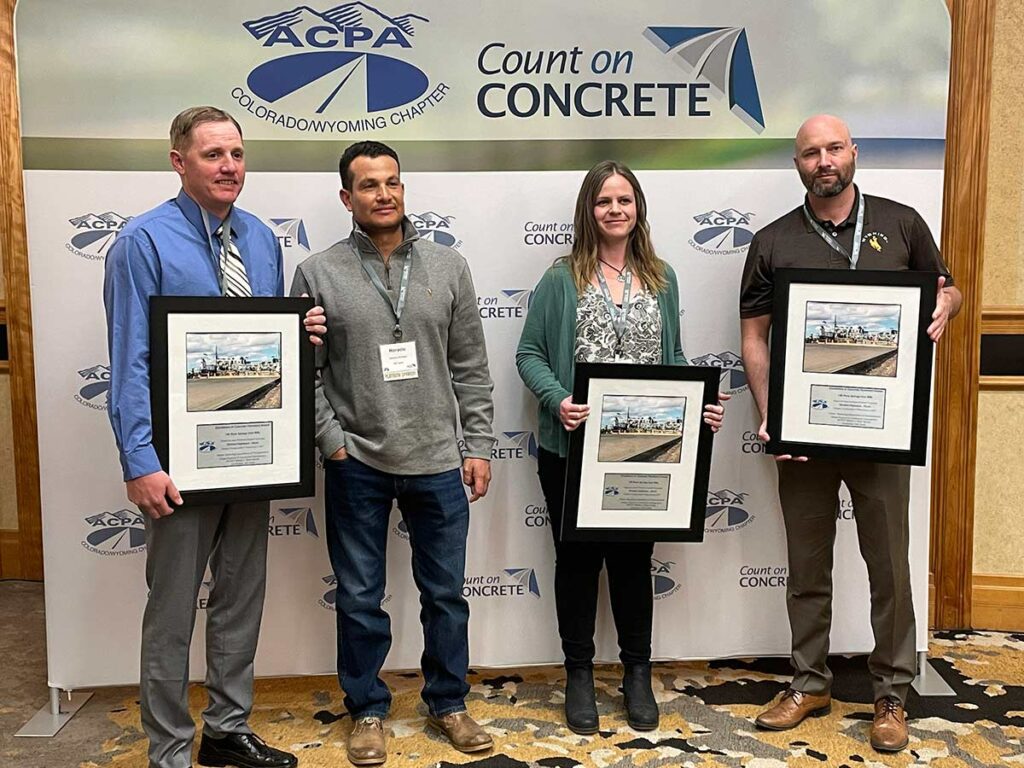
The I-80 Rock Springs — Rawlins (Rock Springs East) project involved the reconstruction of 12.7 miles on East Bound I-80. With nearly 50% of the traffic on this project involving trucks, the existing roadway was in great need of repair.
The monumental effort included grading, drainage, bases, hot-mix asphalt surfacing, bridge rehabilitation and replacement, 321,250 square yards of milling, 75,000 cubic yards of overburden, 13,516 linear feet of cable median barrier, 290,250 square yards of 11-inch portland cement concrete pavement, rock scaling, guardrail, pavement markings, and traffic control.
WyDOT elected to use portland cement concrete pavement as both a cost-effective alternative to the high maintenance asphalt pavement and a long-lasting upgrade. WyDOT elected to modify several of their dated PCCP specifications and used this project as a proving grounds. Transverse tining was eliminated, and non-destructive testing to verify depth and dowel bar locations was adopted in its place. The success of this project will lead to a sustaining concrete paving program in the great state of Wyoming.
Fort Collins-Loveland Municipal Airport (FNL)
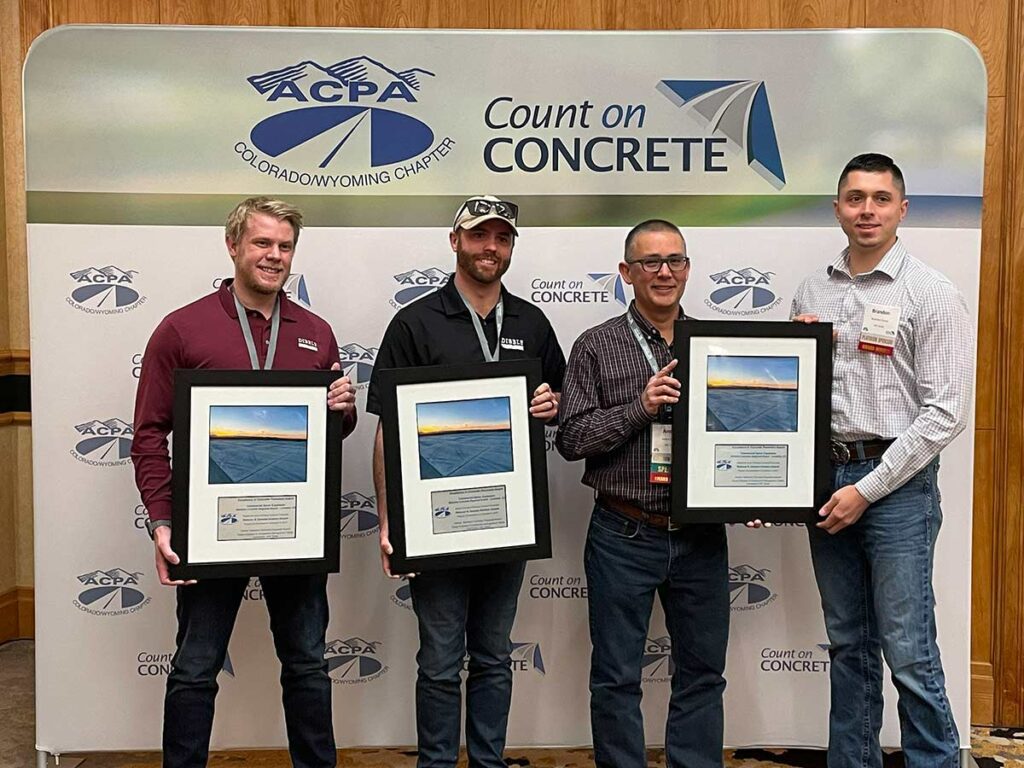
The Fort Collins-Loveland Municipal Airport serves the rapidly growing group of communities of northern Colorado.
Traditionally, this airport serves small, private aircraft as a commuter airport. There has only been one commercial airline and an annual military air show. In order to attract a second airline, it needed to expand its existing apron and construct a new taxiway.
The 97-day project consisted of 20,000 cubic yards of embankment, 10,000 square yards of lime-treated subgrade, 5,000 square yards of cement-treated base and portland cement concrete pavement, as well as airfield electrical, storm drainage, asphalt paving, pavement marking, and landscaping.
The project was completed just in time for the second airline, Avelo, to start its service to northern Colorado.
I-70 Business Loop 1st and Grand
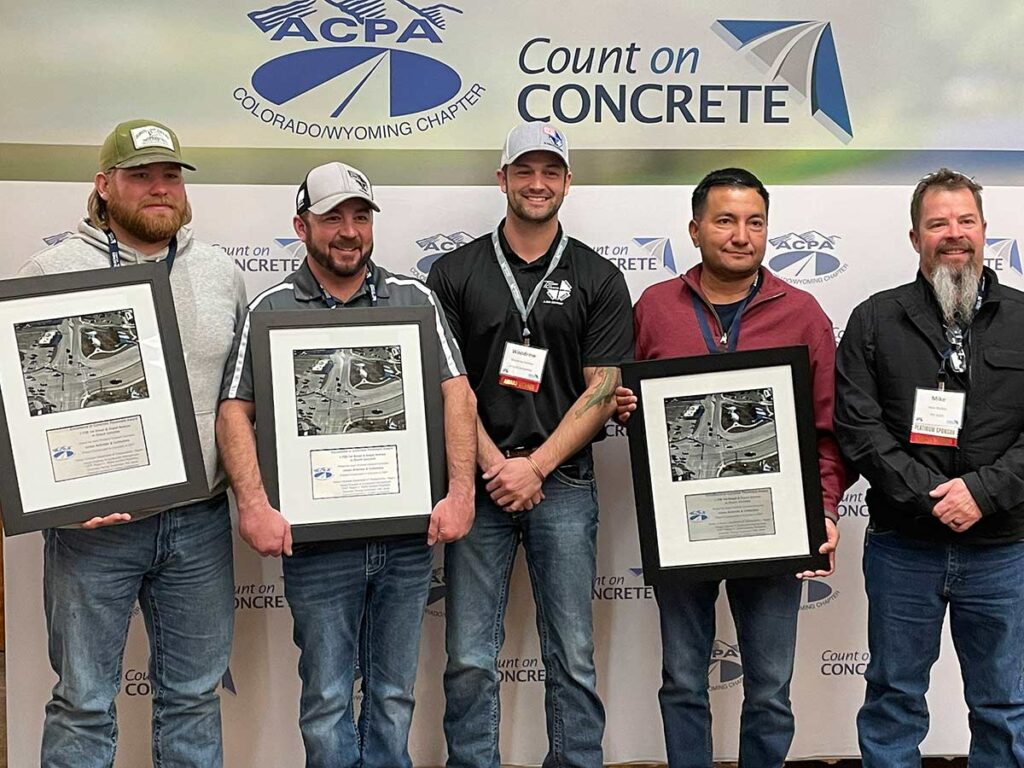
The I-70 Business Loop 1st and Grand project included reconstruction and realignment of I-70B, SH 340, and North 1st Street with multimodal, drainage, lighting, traffic signal, and access improvements.
Over 30,000 vehicles (including 1,500 trucks) per day use this intersection, which is the main artery connecting Riverside Parkway and Interstate 70. The specifications for the project called for the intersection to be open during construction, and United Companies’ phasing plan proposed the installation of temporary roundabouts — one in the southwest quadrant during phase 1 and another in the northeast quadrant during phase 2. This approach saved the project money by eliminating the temporary traffic signals and allowed for longer concrete pavement placements to increase efficiency. There were no CDOT reportable accidents on the project throughout the four phases.
During excavation for storm sewer installation in phase 1, approximately 1,000 cubic yards of the existing material was found to contain radioactive uranium mill tailings and was taken to a radioactive disposal site in Grand Junction, Colorado. High-quality material from other parts of the excavation area was hauled, processed, and screened for use with the concrete aggregate.
IHC Scott paved nearly 39,000 square yards of 9.5-inch and 10.5-inch concrete pavement to provide Grand Junction and CDOT with a long-lasting, light-reflective pavement surface that provides increased visibility in a corridor that contains a high amount of business, pedestrian, and bicycle traffic.
